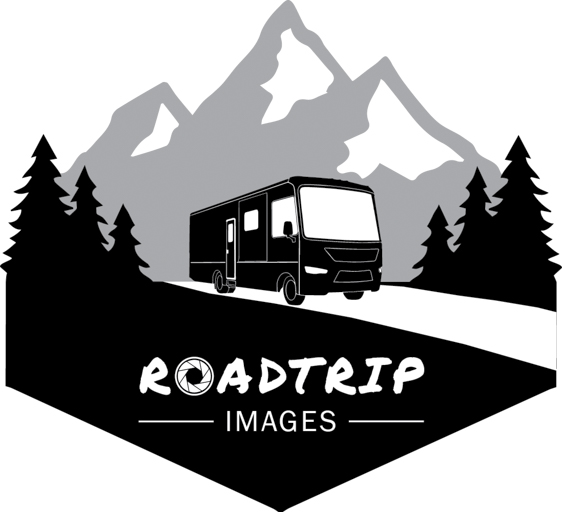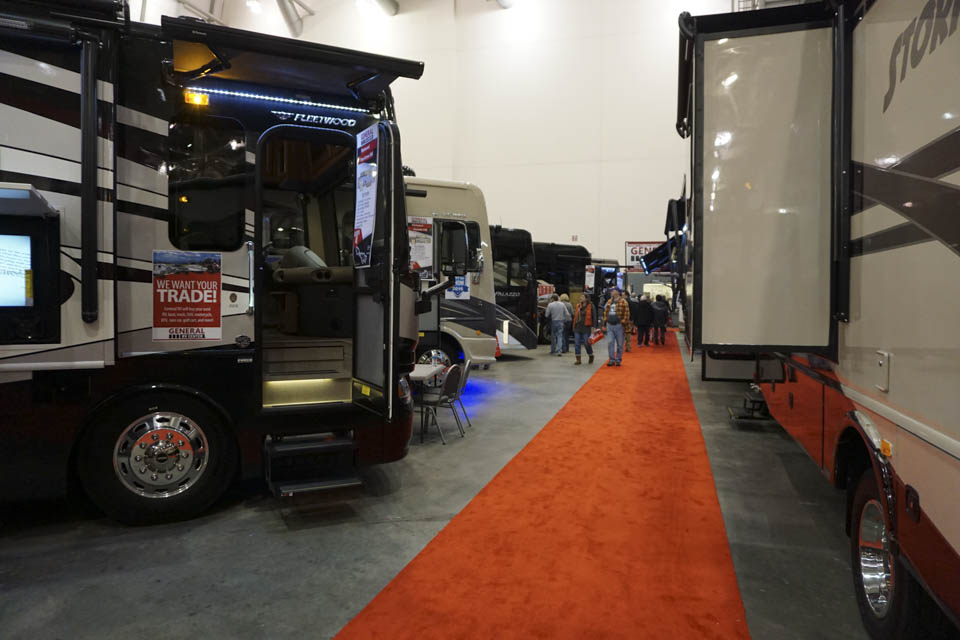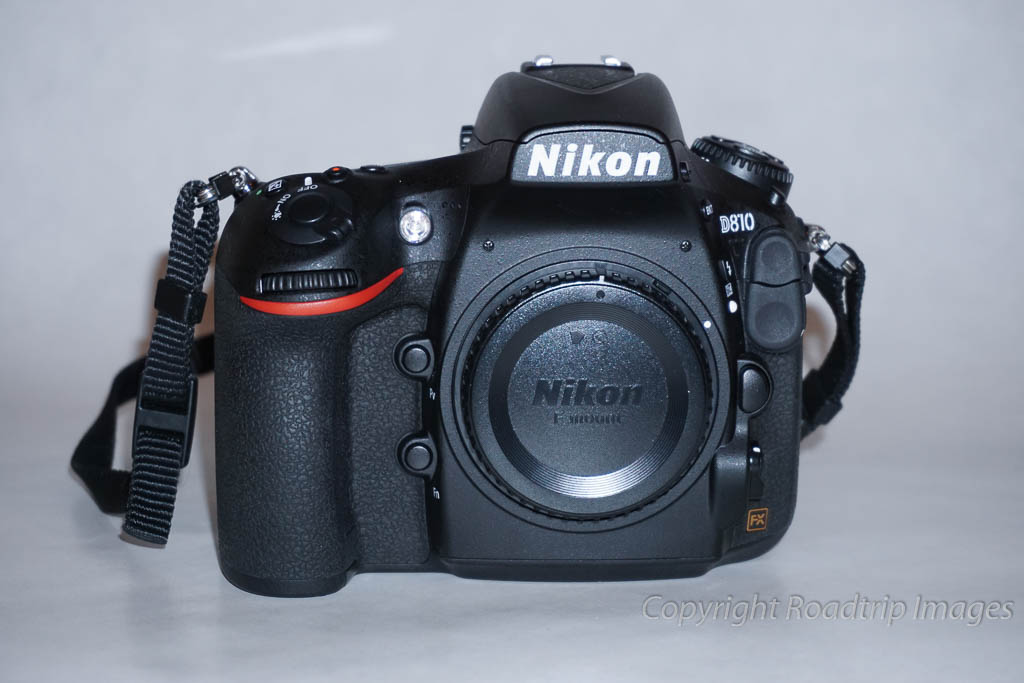
Thought I’d talk about what gear I take for photo shoots. I have different gear for different types of shooting so I wanted to discuss that in this post. The old adage of what’s the best camera really is true. It’s the one you have with you. You need to match the camera gear with the event or activity.
If you’re just going on a shopping trip in a tourist town somewhere you probably don’t want to carry a big DSLR with you and you’ll really stand out if you do. Or, you may be on a hike that includes some difficult climbing or rappelling and you don’t have room for all the heavy camera gear. If you don’t have any camera with you however, then you’ll miss 100% of the shots you don’t take. Your smartphone is better than nothing but just barely. A small camera like some of the newer mirrorless models with interchangeable lenses is a great choice for these situations.
For serious photo shoots you’ll want something with better optics and this is where the DSLR comes in. The premier brands like Nikon and Canon offer plenty of choices and I won’t get into spec’s and equipment reviews in this post. Suffice it to say that for most serious shooting trips for landscape photography you’ll want to have a good quality DSLR or film SLR camera. Yes, film is still a viable medium but that’s for another post.
Cameras
If I’m going on an important shoot, one that has potential for some awesome shots, I’ll take the big gun camera and appropriate lenses. Currently that’s a Nikon D810 FX-format digital camera. FX-format means that the image sensor is a full 36x24mm versus the DX-format sensors that are only half that size. It’s 36 mega-pixel (MP) and has all the capabilities a pro shooter can want. It actually has more capabilities than most humans can keep track of. Seriously, who needs a 500 page user manual to explain all the features and functions of their camera? Anyway, suffice it to say that if you need a particular function in a DSLR, the D810 probably has it built in. It does HD video of course as well as stills.
FX-format means that the image sensor is a full 36x24mm versus the DX-format sensors that are only half that size. It’s 36 mega-pixel (MP) and has all the capabilities a pro shooter can want. It actually has more capabilities than most humans can keep track of. Seriously, who needs a 500 page user manual to explain all the features and functions of their camera? Anyway, suffice it to say that if you need a particular function in a DSLR, the D810 probably has it built in. It does HD video of course as well as stills.
There will be times where you won’t want to take a full size DSLR with you. You certainly can’t stick it in your pocket and wearing it around your neck while walking around town just doesn’t cut it. You’ll want something smaller to supplement the big DSLR. I chose the Sony α6000 mirrorless camera.
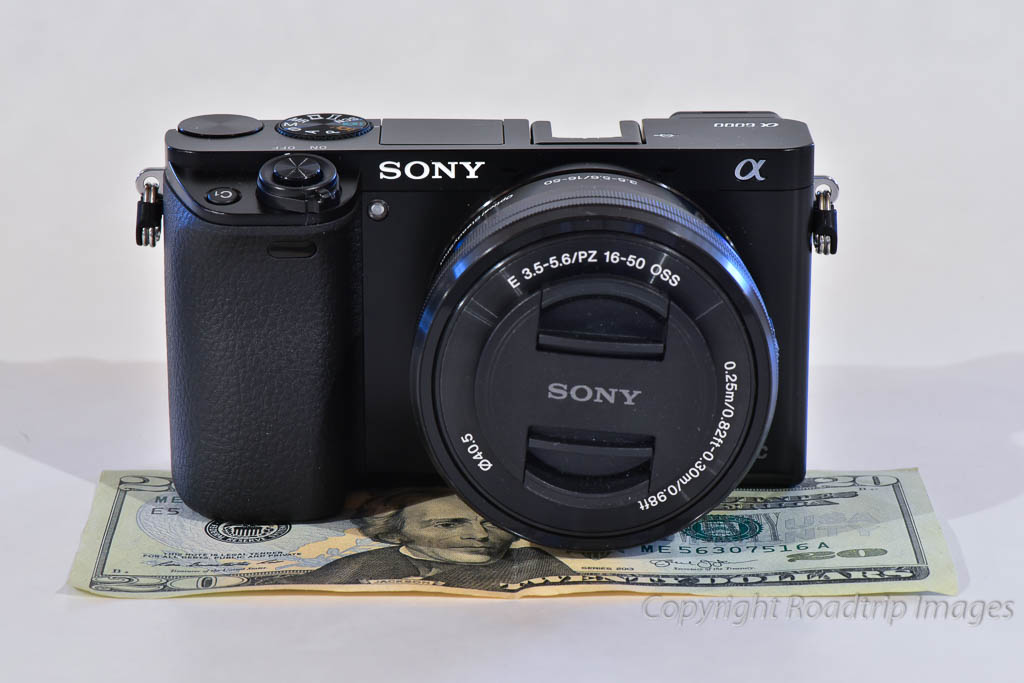
It’s a 24MP camera with interchangeable lenses and it fits in my coat pocket. If I hand carry it, it only weighs 1 pound with the 16-50mm zoom lens. It can shoot up to 11 frames per second (fps) and also does HD video. One small tip with this camera. It has built in WiFi which will drain the battery faster if left on. The camera has an airplane mode which turns WiFi off when you don’t need it. The battery will last longer this way.
D810 Lenses
If I’m shooting landscapes with the D810 then a Nikkor 24-120mm zoom is my go to lens.
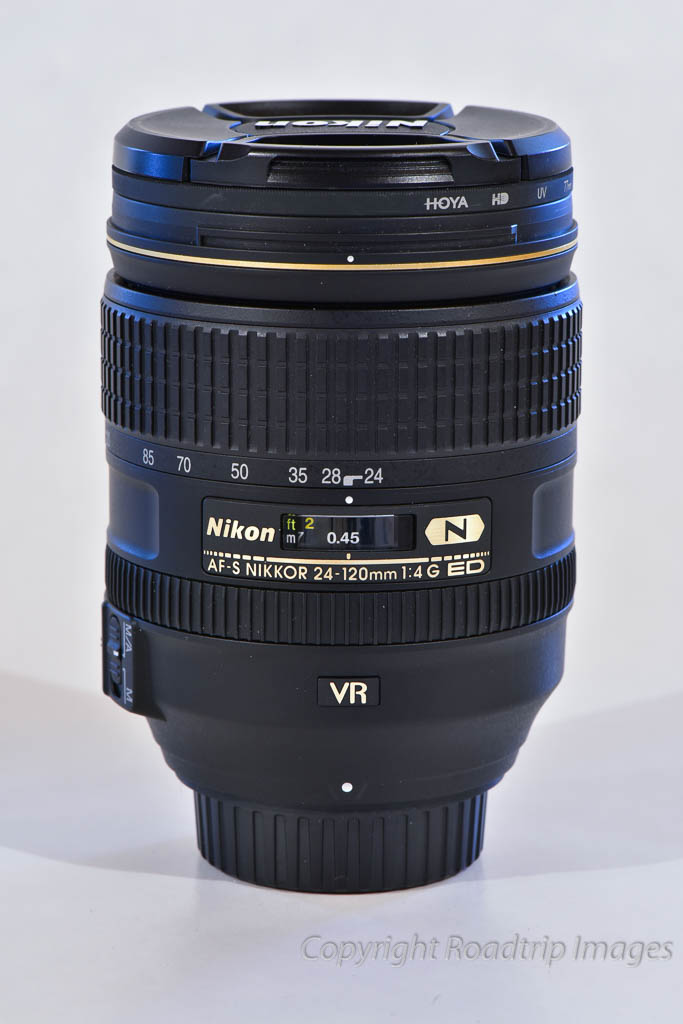
I’ll also bring along a Nikkor 20mm f1.8 prime wide angle. A prime lens means that it is a fixed focal length and does not zoom. There are times where that extra wide angle can make a difference plus it’s a faster lens than the 24-120mm zoom for those low light situations.
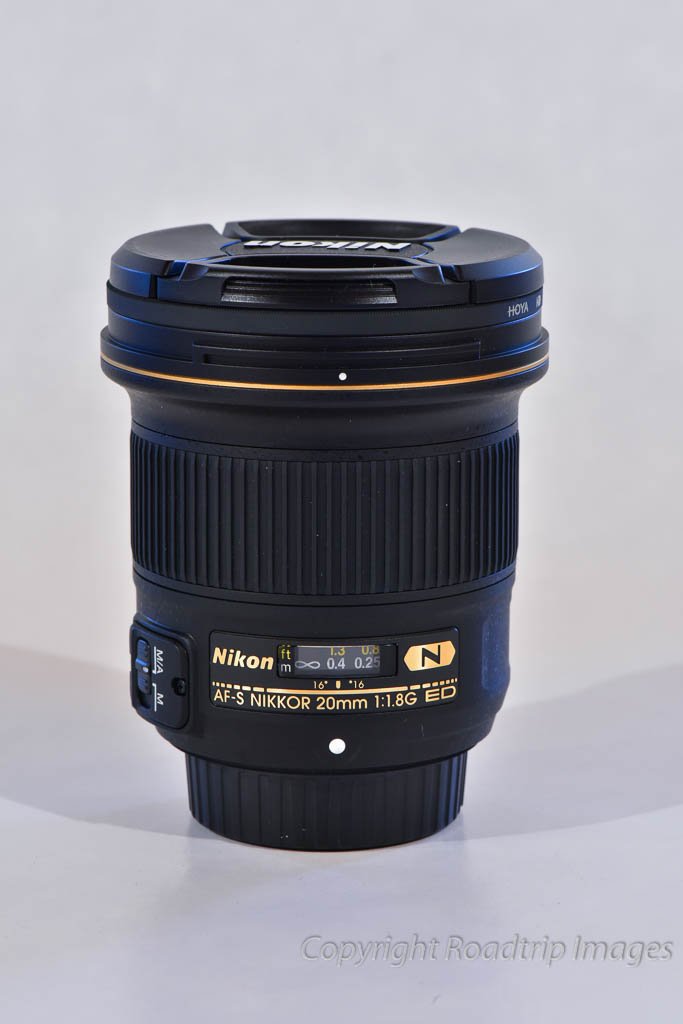
If there will be wildlife that I want to get pictures of then my Nikkor 80-400 zoom goes along for the ride but it’s a big heavy lens so I only take it if I’m pretty sure I’ll need it.
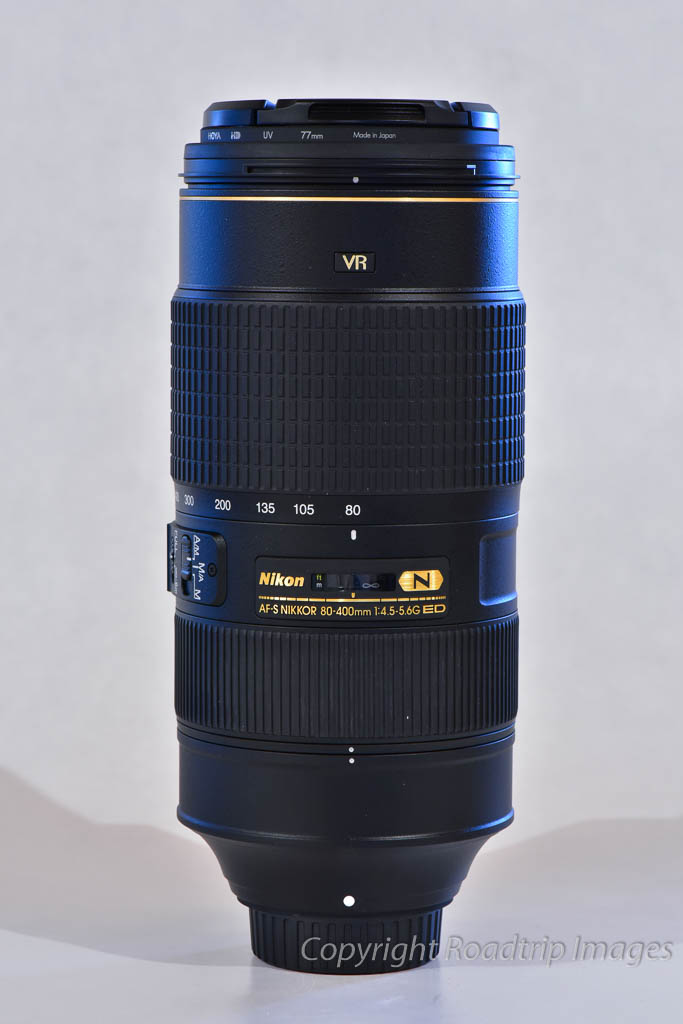
Lastly if there will be close ups of things, my Micro Nikkor 120mm f2.8 macro lens is my choice.
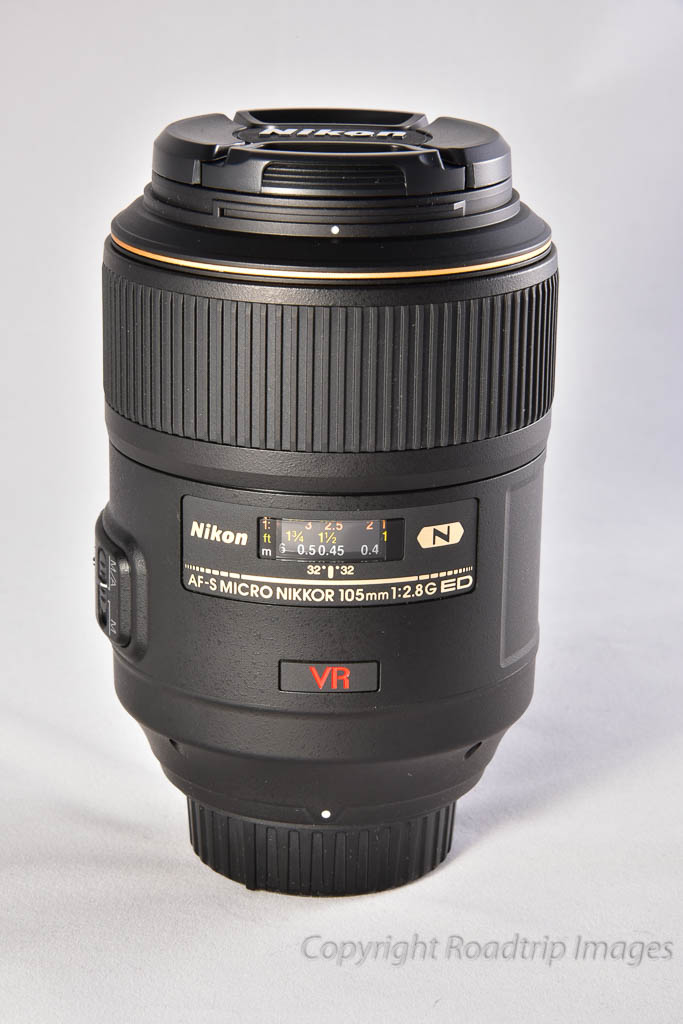
Sony α6000 Lenses
For the Sony α6000, the 16-50mm zoom is what I use most of the time. That’s the lens that’s on the camera in the photo above. The comparable focal length to a DSLR is about 24-75mm. It’s a great little lens, focuses fast and produces great images for such a small package. For a little more distance I also have the 55-210mm zoom which would be like a 82-315mm lens for your DSLR.
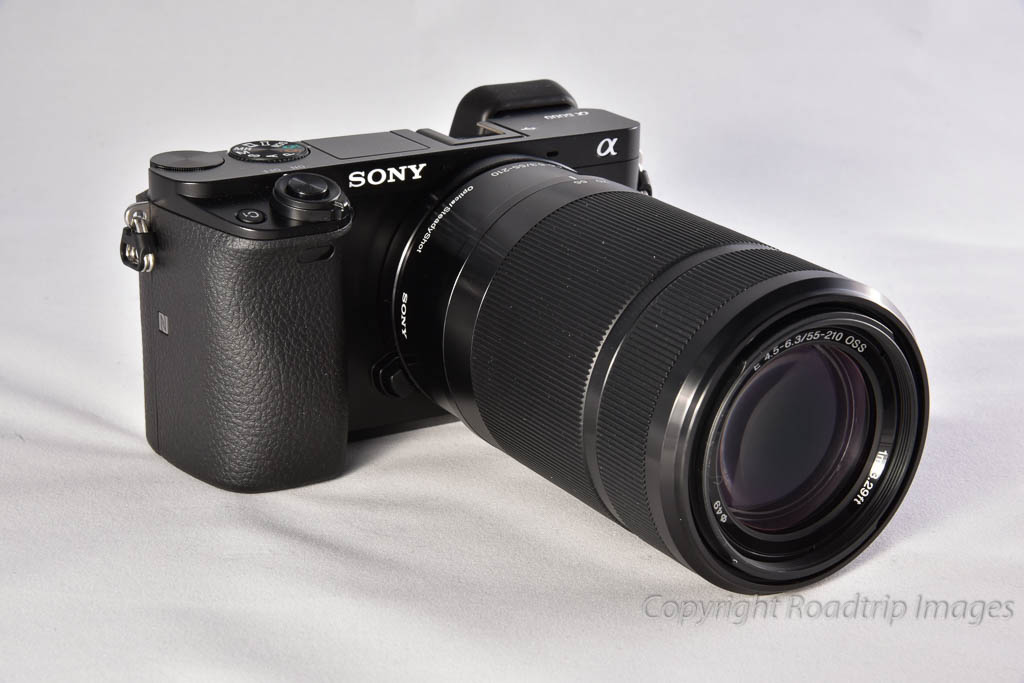
Tripods
Tripods are another critical element in the landscape photographers toolkit. Don’t try to get great photo’s without a tripod. Some pro photographers have been know to say the best piece of gear to improve your photo’s is not a new camera or better lens, it’s a tripod. I agree with that sentiment as long as you have a decent camera to begin with. A good quality tripod is something you should take on any photo trip and make sure you actually use it. I have several and they’re all carbon fiber Gitzo’s. Carbon fiber because of the weight reduction. It makes a big difference when you backpack all your gear to some distant location. Every pound of weight you don’t have to carry really adds up by the end of the hike. It may even be the difference in deciding to bring the tripod or leave it behind. I like the Gitzo brand of tripods simply because they are great quality and they last. You shouldn’t have to buy another tripod once you invest in a Gitzo or other high quality brand. They are expensive so I understand why some people balk at the price of a top quality tripod. Weigh all the options and get the best tripod you can afford and then USE it. You won’t regret it.
For general all around use I have a Gitzo GT2531 3 section tripod with a ball head. This works for most DSLR applications except for really long telephoto lenses. It’s light and easy to carry and goes on most shooting trips.
For heavy lens applications and also for when I shoot my 4×5 large format camera, I have a Gitzo GT3531SLV 3 section tripod. This tripod weighs 4 pounds and supports close to 40 pounds so it will stand up to most anything you put on it. It’s great for my 4×5 kit and also big, heavy lenses for the DSLR. The more important characteristic needed is stability rather than absolute weight carrying capacity although the two are related.
I also have a 5 series Gitzo tripod that I used to use when I shot 8×10 large format film. It’s a GT5540LS and supports up to 55 pounds although I think it will take much more than that. This is a beast of a tripod but I’m currently selling my 8×10 gear so it remains to be seen if I keep this tripod or not.
Summary
I have other small bits and pieces but those are the main items of the gear I take with me. This doesn’t mean that you need all this stuff in order to get out there and shoot landscapes. You use what you have. It’s more important to get out there and shoot and experiment than to accumulate equipment. Once you get some experience and you find that your equipment is truly holding you back, then do some upgrades.
Since I also shoot 4×5 large format film on occasion I’ll put that info in another post.
